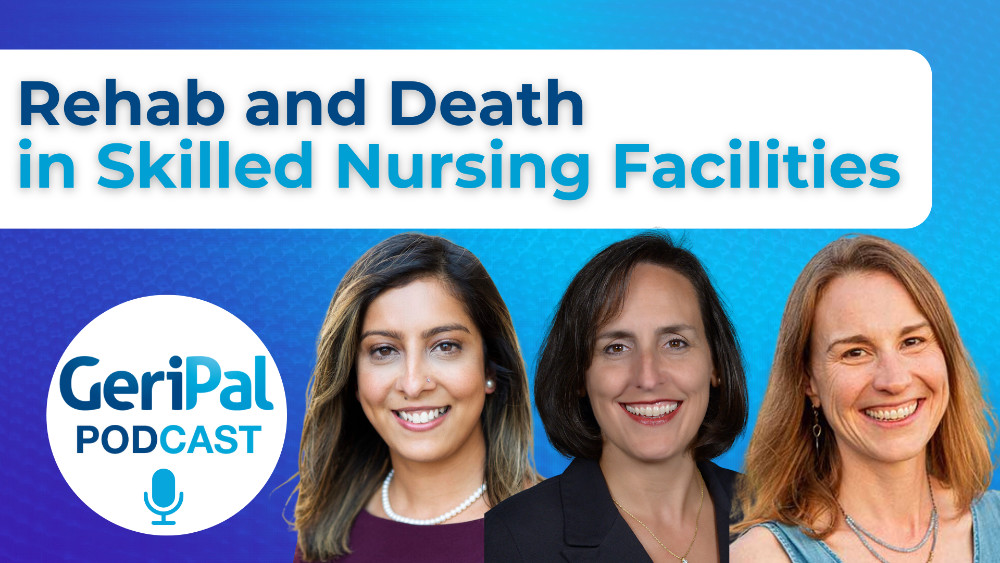“Enough. The living will has failed, and it is time to say so.” So said Angela Fagerlin and Carl Schneider in 2004. “Living wills are still widely and confidently urged on patients, and they retain the allegiance of many. For these loyal advocates, we offer systematic proof that such persistence in error is but the triumph of dogma over inquiry and hope over experience.” Joann Lynn wrote an essay titled Why I Don’t Have a Living Will, saying, “I do not have a living will because I fear that the effects of having one would be worse, in my situation, than not having one. How could this be? A living will of the standard format attends to priorities that are not my own, addresses procedures rather than outcomes, and requires substantial interpretation without guaranteeing a reliable interpreter.” Thomas Pendergast said, “[Since the passage of the Patient Self Determination Act in 1990] advance directives are recorded by medical personnel more often but are not completed by patients more frequently. The process of recording them does not enhance patient-physician communication. When available, advance directives do not change care or reduce hospital resources. The most ambitious study of advance care planning, the Study to Understand Prognoses and Preferences for Outcomes and Risks of Treatments [SUPPORT], failed to show any change in outcomes after an extensive intervention.” Prominent figures in palliative care decried persistent research and health policy efforts to promote living wills, saying, “when have living wills ever been shown to do anything???!!!”
And yet, after being thrashed to within an inch of death, two recent studies breathed life into advance directives. Before getting into the particulars of these studies, it’s important to understand how and why we came to have advance directives in the first place.
Driven by the rise of the autonomy standard in medical decision making, two primary events led to the propagation of advance directives: highly publicized legal cases of young women (Karen Ann Quinlan and Nancy Cruzan) in a persistent vegetative state, and the AIDS epidemic among young gay men. The Cruzan case eventually made it to the Supreme Court, where justices affirmed the individual’s right to refuse life-sustaining treatment, but allowed states to set their own evidentiary standards for documentation. In response, patients began advocating for stronger protection of their right to self determination in the form of written or oral advance directives on a state by state basis. In California in the early 1980s, the wards of San Francisco General Hospital were filled with young gay men dying of AIDS. California law stipulated that relatives were the default health care proxy for these men. In many cases these men had become estranged from family members or simply preferred that their partners – who knew them best – guide decision making when they lost capacity. The national response to this movement toward protecting patientss right to self-control culminated in Congress’s passage of the Patient Self Determination Act in 1990, which mandated that hospitals ask all patients if they have an advance directive and offer information about them, but stopped short of mandating that they complete one.
Two recently published studies provide a major challenge to the arguments of opponents of advance care planning, as applied specifically to older adults, by finding that: (1) older adults are completing advance directives; (2) many elders lose the ability to make decisions before death and need decisions made, creating a role for advance directives; and (3) advance directives match treatment to patient goals better than usual care.
In an article in the New England Journal of Medicine published last month, Silveira and colleagues used after death interviews with next of kin from a national survey to describe the prevalence and use of advance directives around the time of death. Using data from next-of-kin for 3746 subjects age 60 and older who died between 2000 and 2006, they found:
- 43% of elders who died required a major decision about treatment at the end of life
- 70% of those patients who needed a decision made lacked the ability to make a decision
- 68% of patients who lacked the ability to make a decision and needed one made had an advance directive
- 97% of elders who requested comfort care received it
- 50% of elders who requested “all care possible ” to sustain life received it
In the second article, released online first by the British Medical Journal, Detering and colleagues randomized 309 hospitalized Australian patients aged 80 and older to facilitated use of an advance care planning decision aid followed by completion of an advance directive, or usual care. Notable findings:
- Of the 154 elders randomized to the advance care planning intervention, only 4 patients declined the intervention.
- Satisfaction with the hospital stay was higher in the intervention group (93%) compared to the control group (65%).
- Of the 56 patients who died 6 months after enrollment: 25/29 (86%) in the intervention group had their end-of-life wishes followed, compared to 8/27 (30%) in the control group.
This BMJ article by Detering was the subject of journal club in the UCSF Division of Geriatrics last month and the Program in Palliative Care this Thursday. A few of the take home points from our discussion: (1) the effective sample size for assessing the effectiveness of the intervention was small – 56 patients – highlighting the need to replicate this study in larger samples before jumping up and down; (2) the fact that so few Australian elders declined the advance care planning intervention implies it was acceptable to them – would Americans be as open? (3) overall satisfaction with the hospital stay improved dramatically with the advance care planning intervention, and this may be an incentive for hospitals with publicly reported satisfaction measures to incorporate advance care planning discussions into routine care; (4) nurses led the intervention – countering the argument following the failure of the nurse-led SUPPORT intervention that advance care planning must be done by physicians to be effective; and (5) a structured and facilitated decision aid helped people make decisions, and the structured discussion and aid method is better than the usual menu option with a lawyer we have in the US (remember the scene from Seinfeld – paraphrasing – lawyer asking George Costanza, “What if you have one eye, one leg, and you have to eat through a tube?” George, “Pull the plug!”).
Do these studies convince you? Have advance directives been resuscitated? Did you ever doubt them? The movement toward advance directives was really spurred by challenges to the autonomy of younger patients (young women in persistent vegetative state, young men with AIDS), not older adults. Perhaps they are not the right mechanism for younger patients, who have not had the opportunity to experience life’s stages, and may have different potential for recovery from serious illness. But for older adults? A quote from the Silveira article:
“The fact that so many elderly adults complete advance directives suggests that they find these documents familiar, available, and acceptable. Moreover, it suggests that elderly patients, their families, and perhaps their health care providers think advance directives have value.”
Interestingly, Fagerlin (author of the Enough: Failure of the Living Will article) and Silveira (author of the NEJM study finding wide usage of advance directives among elders) are both at the University of Michigan. I wonder what they say to each other.




